Mary Queen I: A Bloody Queen who burned 300 Protestants
Queen Mary I, famous as “Bloody Mary,” ruled England from 1516 to 1558 and was the first woman to be queen. She was the only living child of King Henry VIII from his first marriage to Catherine of Aragon. She took Thorne after the short-term reign of her half-brother Edward VI.
During her reign, Mary I is best known for burning nearly 300 English Protestants (Christian sect) at the stake for sin. In this way, she got the name “Bloody Mary.”
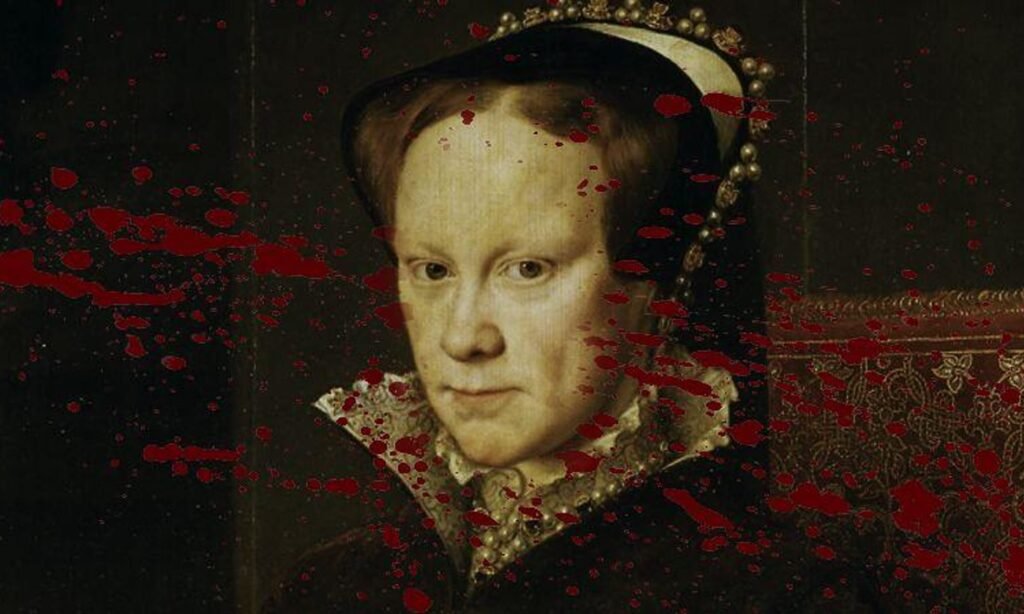
Early Life of Mary I
Mary, I came into the world on Feb 16, 1516. She was the fifth child of Henry VIII and Catherine of Aragon. Mary was the only one who survived. All born children died before her. She was very good at Latin language and playing music.
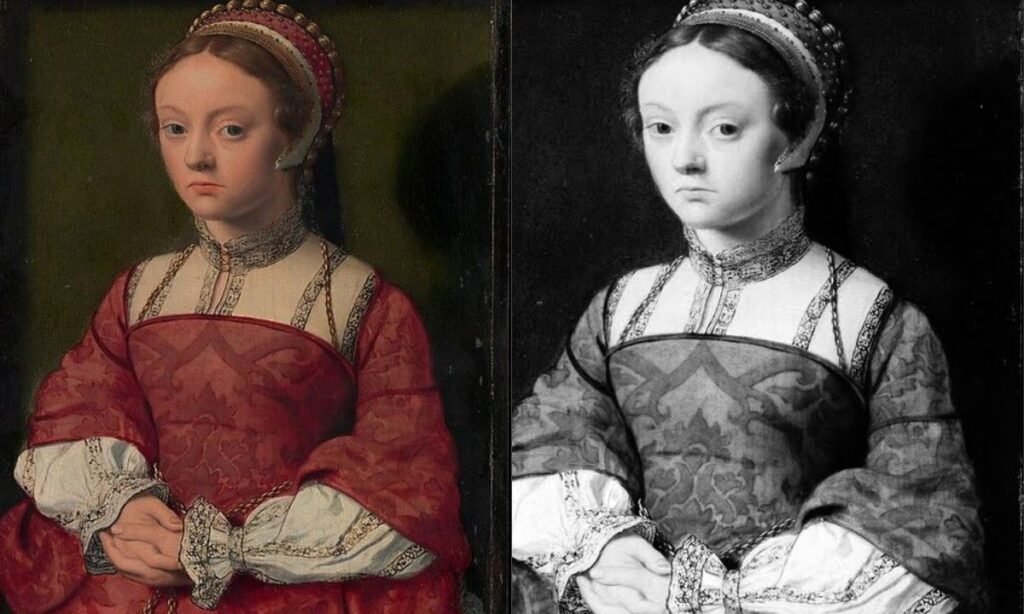
It was the time when the Roman Catholic Church had complete power over royals and state affairs. King Henry wanted a son to be his heir. He asked the Catholic Church of Pope Clement VII for permission to end his marriage with Catherine. He wanted to marry for a second time to get a son heir.
End of Roman Catholic Church in England
When Pope Clement VII refused to cancel the marriage, Henry snatched the power from the Pope over royal affairs. He said the pope would not have any power over him. The king of England should only be the church leader.
This marked a turning point in the history of England. Henry VIII formally broke ties with the Roman Catholic Church and established the Church of England in 1534. He made himself supreme head of England Church. It played a main role in establishing Protestants who denied the authority of the Pope.
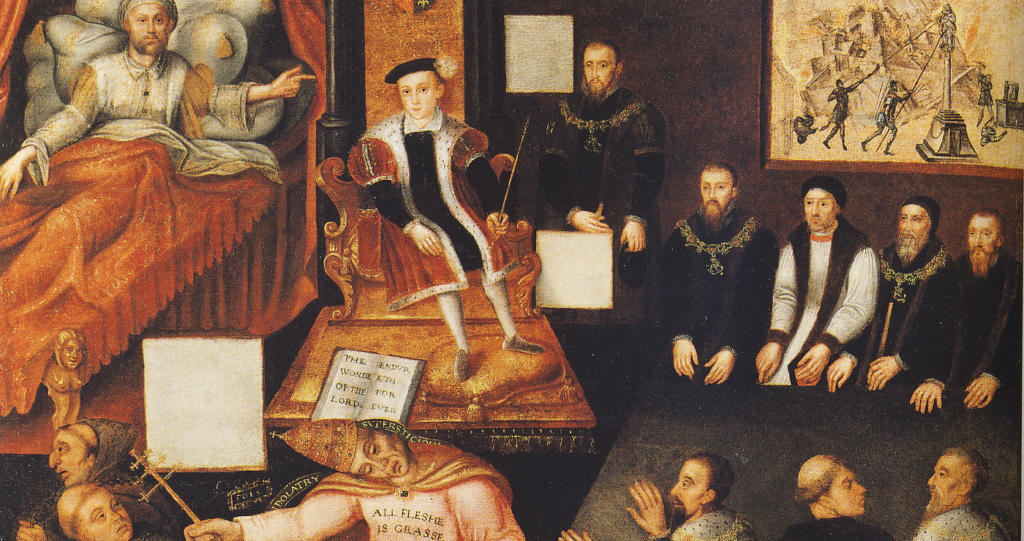
Catholics and Protestants
Catholics and Protestants are two major branches of Christianity with opposing beliefs and practices. The pope led Catholics along with the Bible, emphasizing the pope’s authority, sacraments, and tradition.
However, Protestants emerged from the 16th-century Reformation. They reject the pope’s authority and emphasize the Bible as their only source of authority. They depend only on individual interpretations of Christianity than the pope.

Mary I, the ignored royal child
During the conflict with Catholics, Henry VIII married Anne Boleyn in 1533. Henry and Anne had a daughter, Queen Elizabeth I. Henry VIII did not give royal heir status to Mary I despite being his daughter and considered her “illegitimate child.”
After the birth of Elizabeth, it was decided that Mary should live with her baby half-sister instead of staying with her sick mother, Catherine. Meanwhile, Catherine died at her castle in Cambridgeshire in 1536.
Henry got married three times before he died in 1547. Before his death, he gave royal status to Mary I. He finally had a son, Edward VI, who had the official status to become king. Edward was the son of Henry’s third wife, Jane Seymour. The stated order of succession after the death of Henry was Edward, then Mary, and finally Elizabeth.
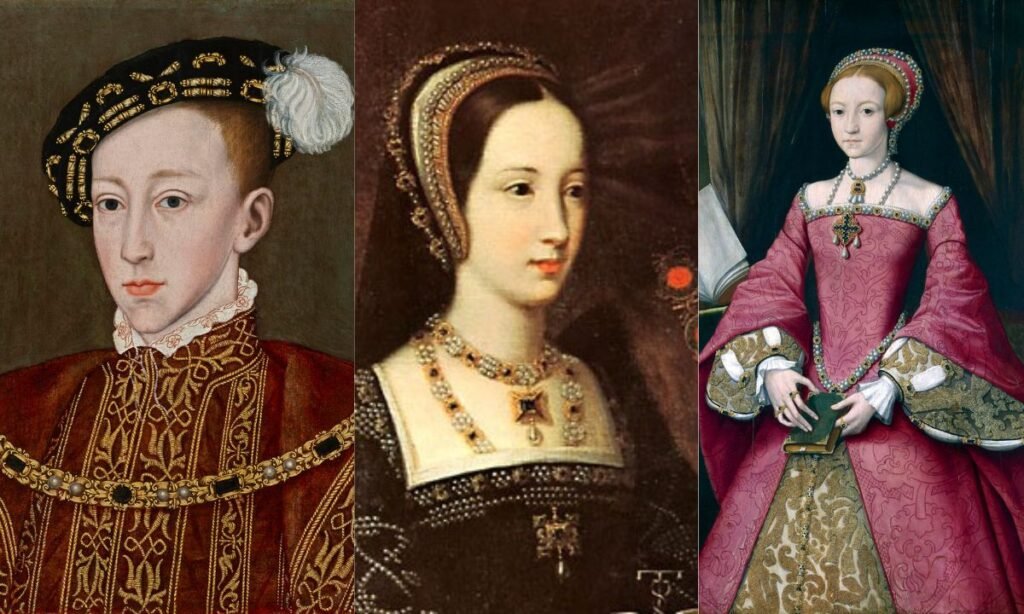
The Way to the Crown
During his six-year rule, Edward VI was still a minor boy. King Henry VIII ignored the rightful eldest royal heir, Mary, and preferred younger Edward for the throne. Mary was a miserable and sorrowful member of the royal family.
She waited patiently for her turn in the throne acclamation. When Edward VI died in 1553, Mary I had to proclaim the throne. Instead, the royal guardians and Privy Council made Edward’s cousin Jane Grey Queen and deceived Mary.
However, she had proclamations of Henry VIII for the throne. In this regard, she put together a military force on royal estates. Afterward, Royal Council ministers changed their minds and acknowledged Mary I as Queen.

Mary I: Rule as Queen
As soon as Mary became queen, she quickly put the lords of Northumberland to death for his part in making Jane Grey Queen and betray her. At first, her ruling council comprised both Protestants and Catholics. But as her rule continued, she became more determined to bring back Catholicism to England.
Her determination to Catholicism was rooted deeply in her heart when her father separated from her mother, Catherine, and demolished the Catholic Church to marry her stepmother, Anne.
Queen Mary I and Prince Philip’s Marriage
Mary I revealed the desire to marry Spain Prince Philip, the son of Charles V. Protestants did not like this idea because they thought this marriage would end the changes made by Henry VIII.
It was all because Spain had a predominantly Roman Catholic population. Roman Catholicism has been historically the dominant religion in Spain. Protestants feared marriage led to a strengthening of Catholic influence and practices in England. Therefore, they opposed the idea of marriage between Mary I and Prince Philip.
However, Mary went ahead with the marriage decision. She got Parliament to agree with her after Prince Philip let Mary run things herself and keep the throne in English hands. She got married to Prince Philip in 1554.
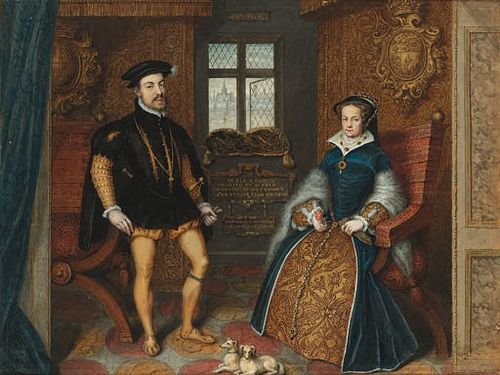
Click here to read the story of A Hungarian Serial Killer Elizabeth Bathory killed 650 women
Bloody Mary Queen: The 300 Protestants Died
Mary managed to marry a Catholic Prince. However, her marriage to Philip caused uprisings from Protestants. Moreover, Mary reversed the religious policies of her father, Henry VIII, and her half-brother, Edward VI. It fueled further religious tensions between Catholics and Protestants in Spain and England.
Even though protestants started the movement to dethrone Queen Mary. Mary became a desperate and frustrated queen due to her historical events of treason from the royal council. She took a more aggressive approach against Protestants in England.
Queen Mary reintroduced laws against heresy, targeting those who opposed Catholic teachings in 1555. She burned alive around 300 protestants at the stake for heresy under these laws. At first, she persecuted Thomas Cranmer, advisor to her father. Furthermore, she imprisoned countless Protestants. Approximately 800 Protestants fled to Germany and Switzerland to avoid punishment.
The persecutions of Queen Mary are famous as “Marian Persecutions,” which earned her the title “Bloody Mary.” She made many social reforms, but people forgot about her initiatives to change the currency and increase international trade. They only remember her brutal mistreatment of Protestants.
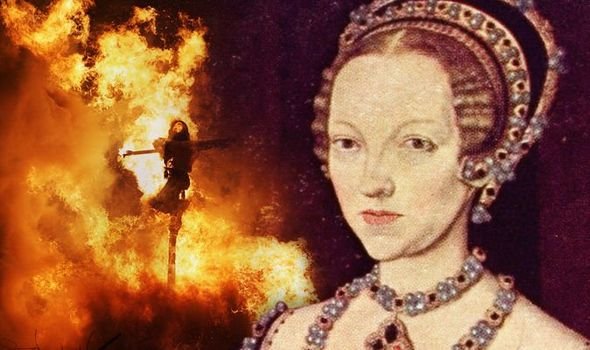
Death
Just after three years of Marian Persecutions, Queen Mary I died on Mov 17, 1558. The exact cause of her death is debated among historians. Some believe she died due to ovarian or uterine cancer. Some believe she died due to influenza and pneumonia.

Conclusion
The reign of Bloody Mary Queen from 1553 to 1558 was unstable and intolerable. There were religious disputes during her reign. One of the worst was the Marian Persecutions, which took the lives of 300 protestants.
Queen Mary took several economic initiatives for the welfare of England nation. But her harsh actions against Protestants gave her the notorious title “Bloody Mary.”
When Mary died in 1558, her step-sister Elizabeth I became queen. This started a new era with stable rule and a more tolerable society, unlike Mary I.
Share this content:
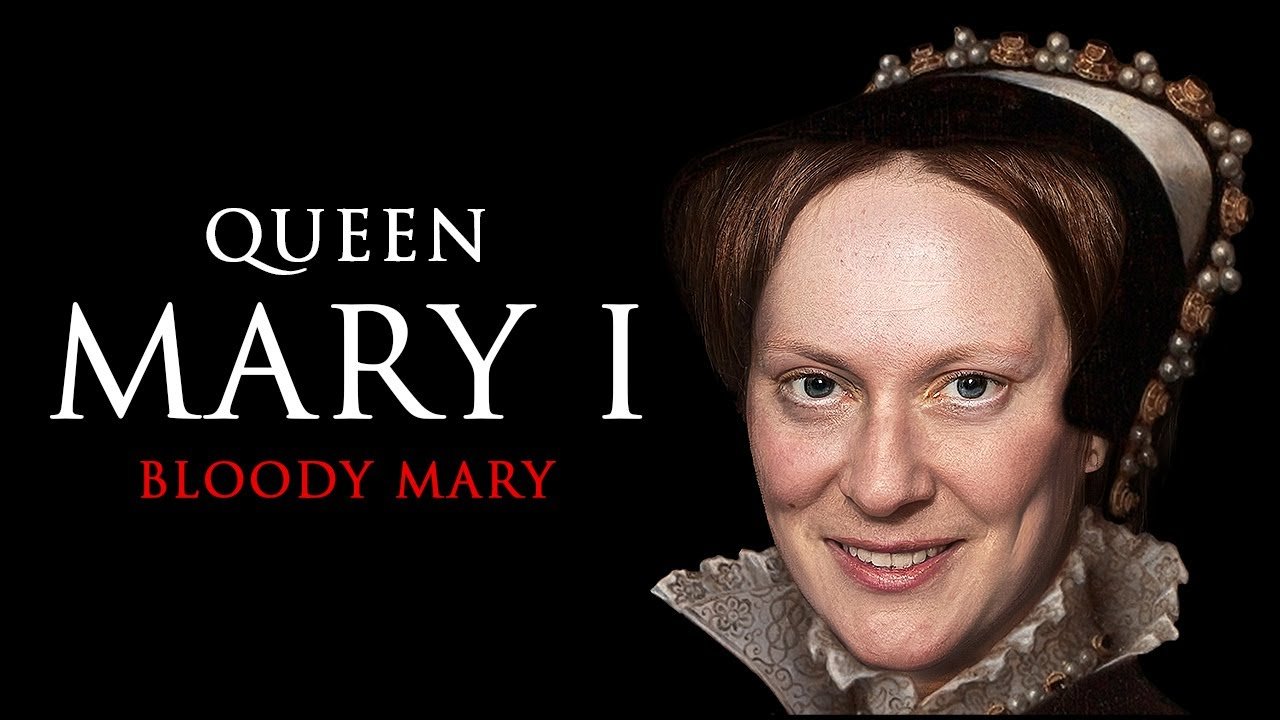



Post Comment